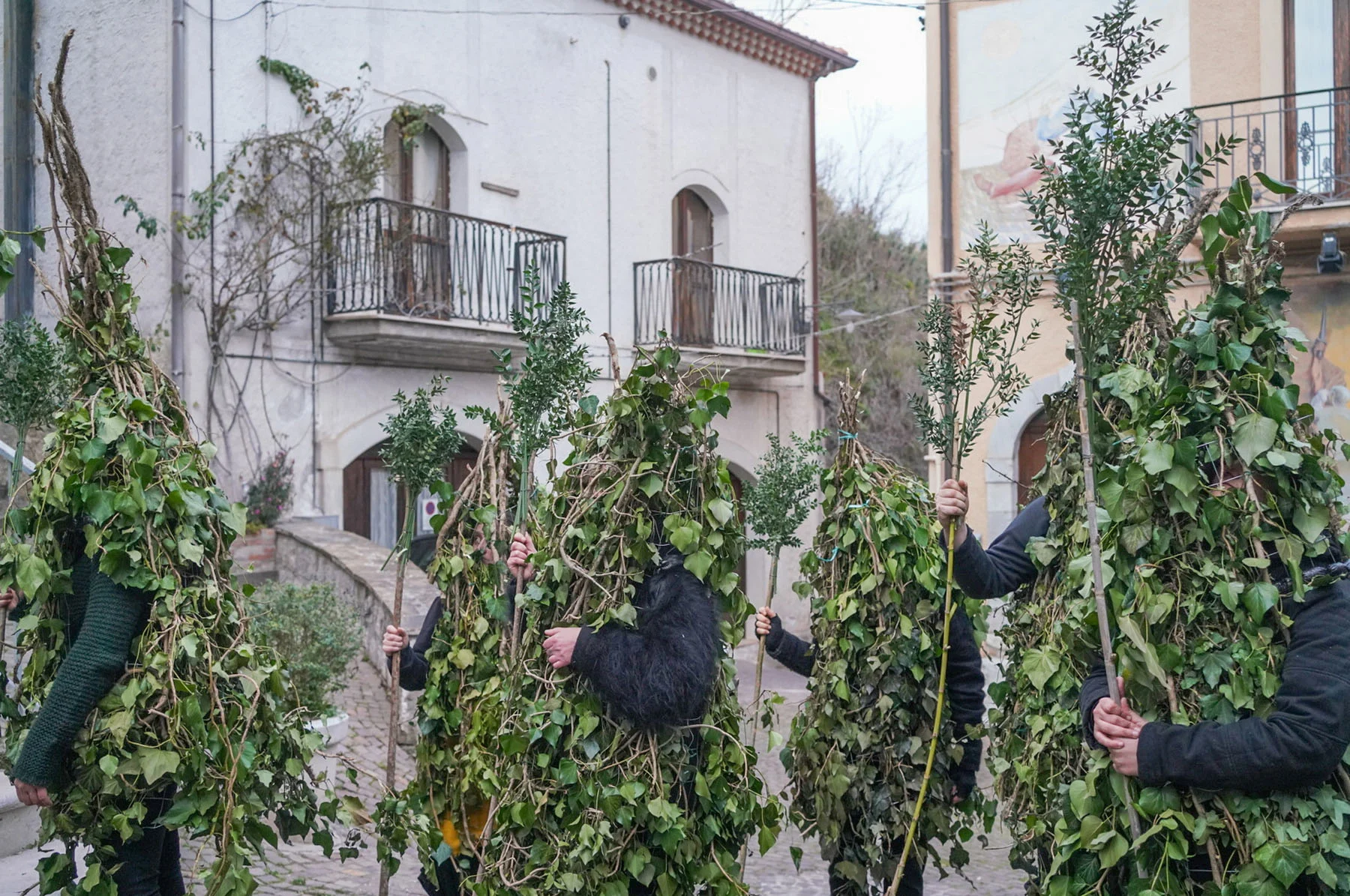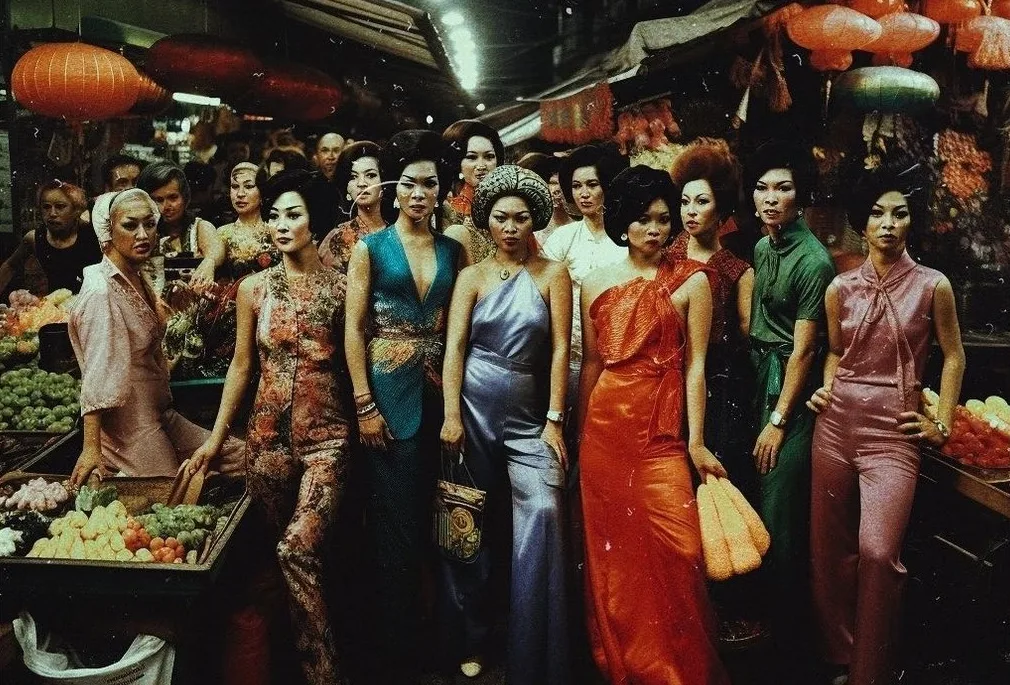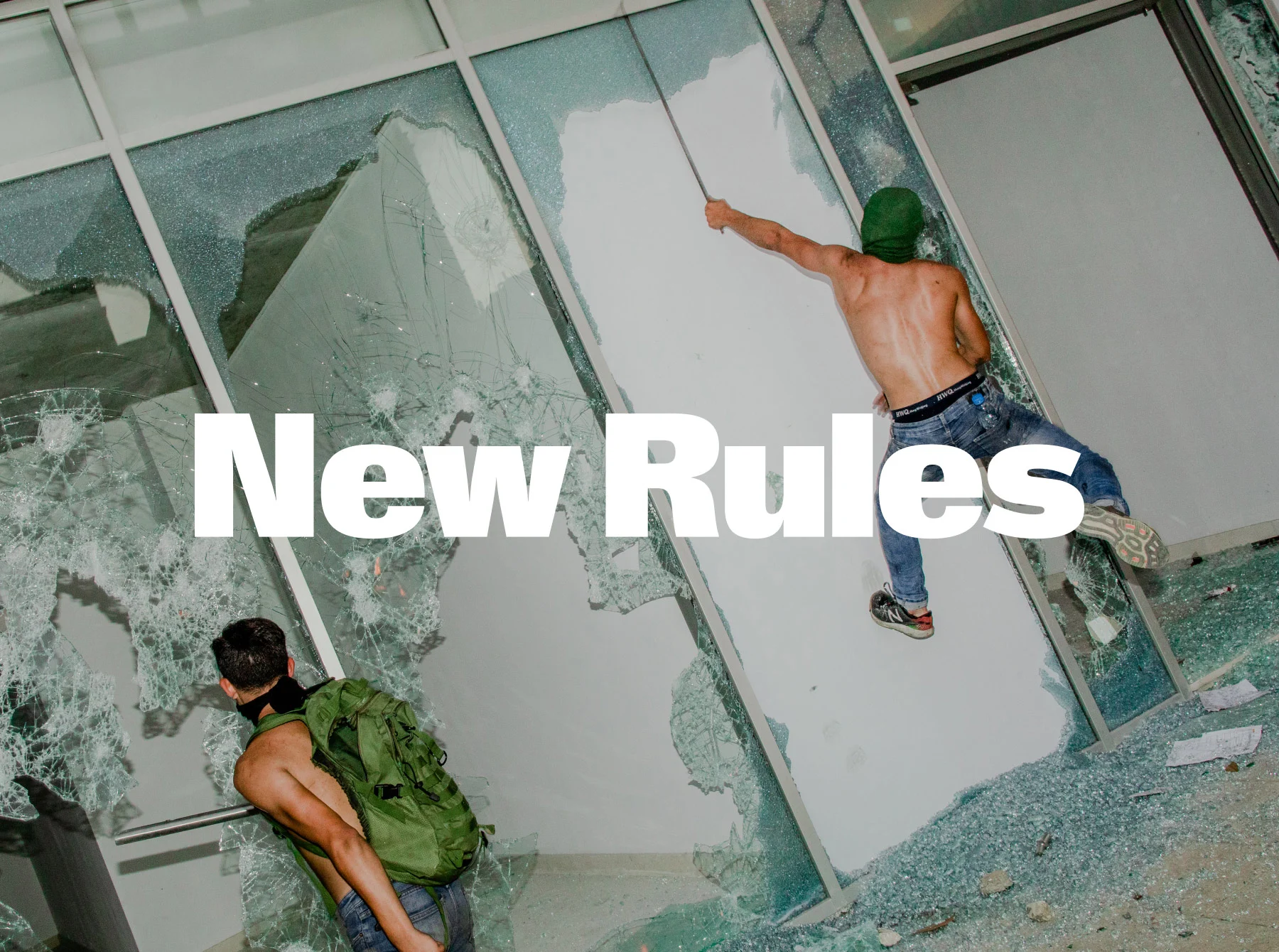

Founded in 2014 by Brent David Freaney, New York-based Special Offer was initially established as a web design studio. But true to form, the studio grew in size and output, evolving project by project, year after year. Now positioned as a “creative tech company focused on the growth of subculture through digital experience,” Special Offer has built an industry-wide reputation for pushing culture forward. Here, they tell writer Liz Gorny about exploring, pushing boundaries and staying true to yourself.
In 2025, Special Offer was interviewed for “New Rules: Design”, a special downloadable guide to the changing landscape of design, created by WePresent and It’s Nice That.
Read the interview and download the full guide below.
While many of New York-based creative tech company Special Offer’s projects have cemented this reputation, perhaps the best example is its design approach for Charli XCX’s album, ”Brat.” The summer of 2024 was awash with “Brat green” thanks to the studio’s groundbreaking work, which turned graphic design into a global conversation piece. Here, Brent reflects on the impact of “Brat,” and what came next.


Liz Gorny: How would you sum up Special Offer as a studio?
Special Offer: By design—no pun intended—Special Offer is intentionally abstract and difficult to sum up. We’re a small team of designers and developers, excited by creative thinking and inspired by everyday references. We mostly thrive working in spaces like music, fashion and art but also enjoy the challenge of niche projects outside our daily purview.
When working on “Brat,” did you anticipate the visuals would explode the way they did?
Our studio—alongside what feels like the whole world—was both ready and not ready for the impact “Brat” had and continues to have on us. The months-long ideation process, led by Charli herself, was extremely energizing. The challenge was to complement design choices with the energy of the album. “Brat green” evoked a sense of freedom, vibrancy and nostalgia for the simplicity of early internet days. “Brat summer” forever.


How can designers make full use of their references?
When starting on a new project, I scroll back. I look through my camera roll to observe what I’ve noticed and chosen to capture before. On Are.na, I go through my channels, and pull from those to make a new collection of media that is project-specific. I put up work by my favorite artists and friends in my apartment, so that I can live with pieces I admire every day.

“Brat” influenced the social strategy of what felt like every brand that encountered it. But what about your own clients? Has it impacted what’s expected of you as a studio?
The visibility has definitely added some pressure and attention to our work, but fundamentally, it hasn’t changed our ethos. We believe this project was so successful in part because we stayed true to our core values in how we approach design. We were lucky to have a collaborator like Charli who was able to bring that vision to life on such a large scale. Creative trust is everything with clients, and we strive to establish that regardless of how large the reach is—some of our best work is actually the most niche.
As a studio moving forward, we have to be mindful and communicate that not every project will be as visible and disruptive as “Brat,” but that we understand how people relate to design and how to execute and influence a vision.
After helping create such a huge moment in visual culture, do you feel pressure to continue pushing boundaries?
We’re always exploring, pushing boundaries and finding inspiration in the mundane. We try to manage the pressure by staying open to the possibilities around us while maintaining our inherent approach.


“Brat” also serves as an interesting case study of how design can mushroom in an age of instant visuals. Do you think this is changing how we design?
Yes, definitely. Not for us specifically, but we live in a world with various levels of access and feedback. Everyone can be a designer and anything can be considered design. This is both equalizing and a challenge to push forward.
In your view, what does a trend-proof piece of work look like?
Great question—and difficult to answer! Everything is subjective and has a potential that cannot be controlled. Once something is out there, the rest is up to the universe.
What can designers do to build immunity to trends? How can they safeguard originality when creating?
As a counterpoint to visibility, I also believe in gatekeeping as a tool for building immunity in design. Your references are currency, representing not only how you approach design but also how you see life. This perspective has shifted with age and may be influenced by the virality of the internet, but I stand by it.


Beyond the work itself, designers today face considerable pressure to build a personal brand online—to establish a style that not only promotes their services but also secures future work. What advice would you give in this area?
Authenticity is key. Know who you are and stay true to that.
While design is being documented more thoroughly than ever, it also feels increasingly ephemeral. What does legacy look like to you?










